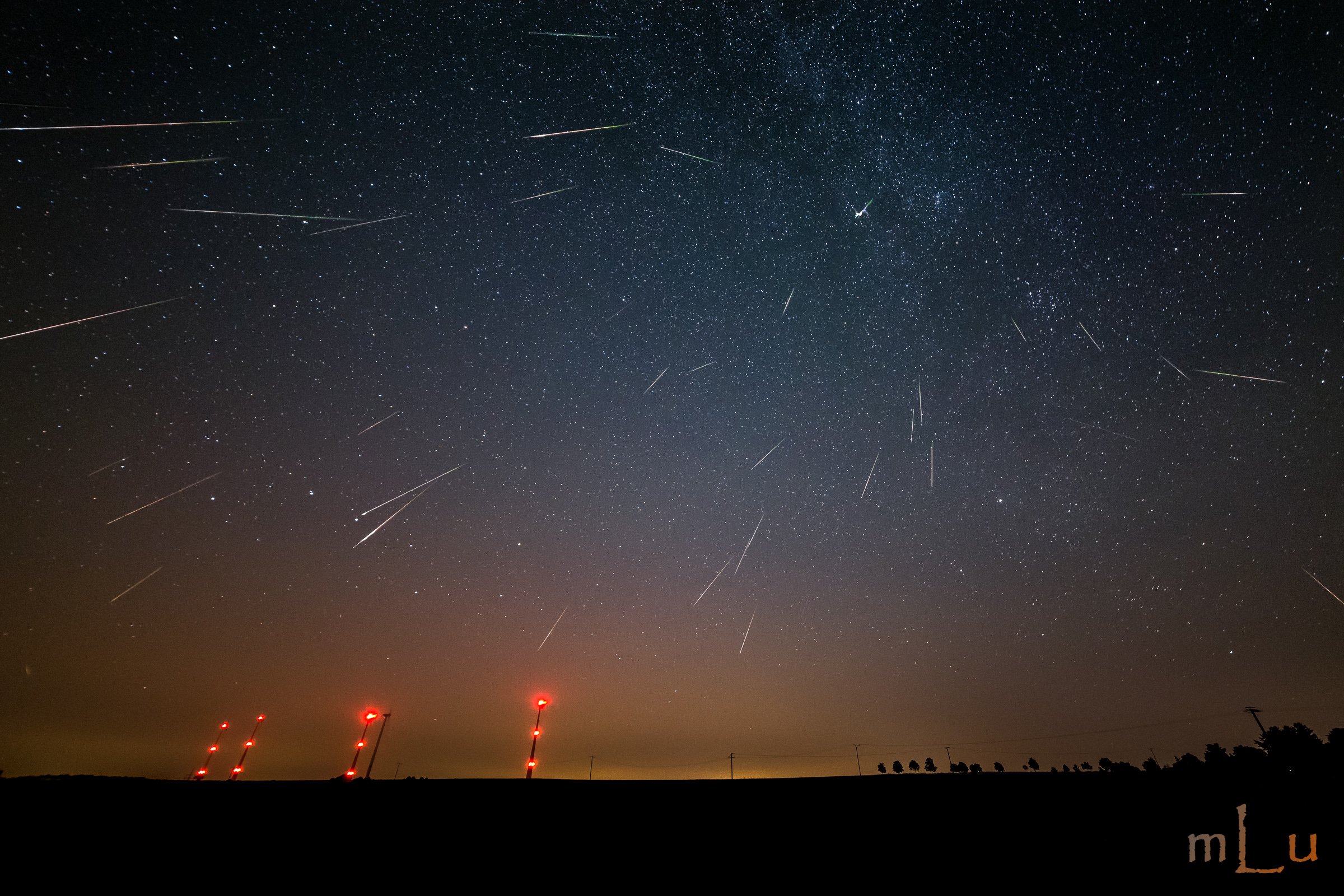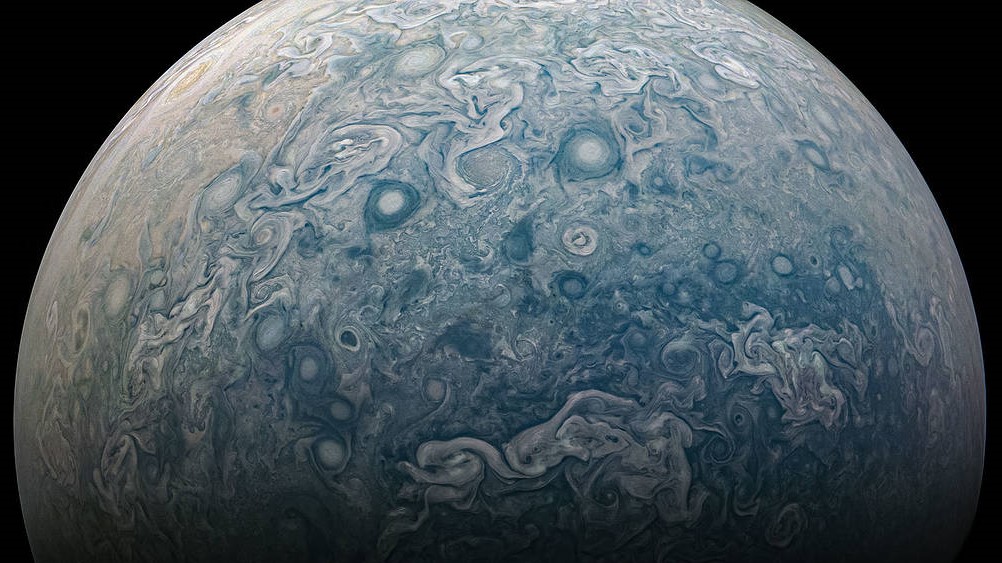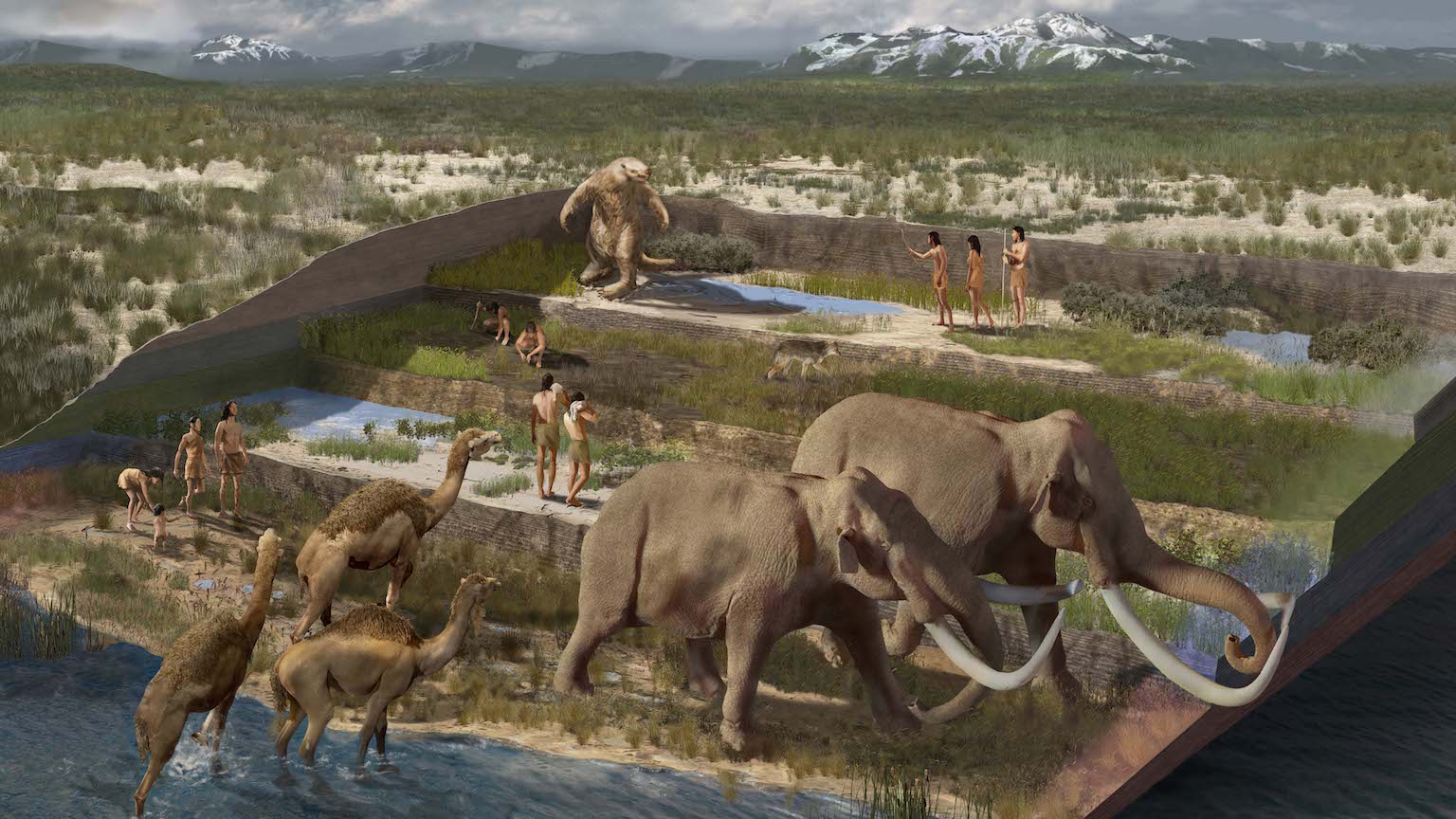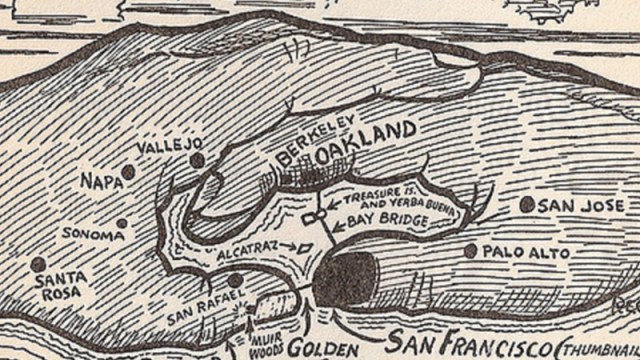324 – The North America Nebula
n
n
The discovery and naming of nebulae (i.e. interstellar clouds of star-forming matter) is similarly recent, and some also carry names that could not have been given by the Ancient Greeks or Babylonians, such as the Boomerang nebula, Barnard’s Loop, or this one, the North America nebula. This nebula, discovered in 1786 by British astronomer William Herschel, was named by his German colleague Max Wolf, because of its remarkable similarity to the North American continent – especially the outlines of Mexico, the Gulf of Mexico and Florida.
n
These areas are in reality a jumble of gas, dust and newly formed stars, and they are lit up by the brightness of these young stars. The North America Nebula covers an area more than ten times the size of a full moon, but is not bright enough to be seen with the unaided eye. It spans about 50 light years, at a distance of about 1,500 light years towards the constellation of Cygnus (the Swan), more specifically Deneb, the brightest star in the constellation. The North America Nebula also carries the less imaginative names of NGC 7000 and Caldwell 20.
n
Many thanks to Matthew Kehrt for drawing my attention to this nebula; picture and some information are reproduced from this page at the fantastic Astronomy Picture of the Day website.
nnnn






